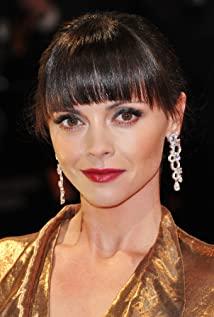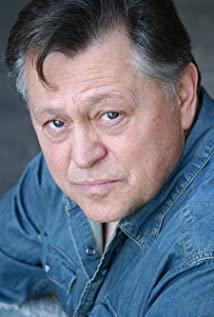Several inspirations after watching the film: 1. The core of the film: self-centeredness.
2. This is a work in which the director directs and acts, speaks to himself, and shows the self-centeredness to the extreme. Not just an autobiography, but a display of self-centredness. (The content of the film is self-centered, and the film itself is the specific behavior of the director's self-centeredness) (This can also be seen from the director's self-direction and self-acting, and the name appears on the curtain call again and again) 3. Male protagonist: paranoid, manic, obsessive-compulsive disorder, Egocentrism, Resistive Attachment, Disordered Attachment. 4. From the perspective of the table, only 3 people are displayed, and the fourth person does not even have a plate. Is it not allowed by photography technology? One answer is: no, the camera technology is completely feasible, the director seems to want to express this fourth person, and there is absolutely no existence among these three people, and there is no meaning of existence. 5. Self-centeredness: It can be seen from all the lines of the male protagonist and the performance of the parents in the original family. 6. The core of the male protagonist: he lacked love since childhood and was denied by his parents, so he was small and inferior. Against this background, I desperately want to prove myself to my parents, so I weave the lie of "winner in life". Insecure and caring childhood, he developed conflicting and disordered intimacy.
7. The male protagonist apologizes to the female protagonist in the car, calls his friends to apologize, and leaves a legacy. Does he care about the feelings of others?
No, he was just fulfilling his wish to make himself feel less guilty and make himself feel better.
8. Is the hero dead? The first is an open ending, which can be interpreted from several perspectives. Perspective 1: The man had a fantasy before shooting, and felt that it was not worth dying to die, so he gave up killing and gave the audience Happy Ending. Perspective 2: The man is dead, the parents before the grave are fantasies or real events before death, abandoning the killing and the content after that are fictional for the audience or hallucinations before death. Personally, I prefer perspective 1, because the movie is more logical at this step (although the characters are polarized). First of all, the male protagonist is more inferior and timid, and may not have the courage to kill or commit suicide after killing; secondly, it may be the male protagonist who shoots for the first time. With great power, the picture of the shooting is very dramatic, so it may also be the fantasy of the male protagonist.
9. In the end, does the male protagonist hold the female protagonist, does it represent the transformation of the male protagonist?
represents and does not represent.
First of all, in this relationship, the male protagonist changed from passive to active. But scientifically speaking, it is not easy to easily understand that the family of origin brings the male protagonist's conflicting and disordered attachment relationship.
On the one hand, when the male protagonist hugs the female protagonist, the male protagonist enjoys with his eyes closed, while the female protagonist keeps his eyes open. (In American culture, this process of closing the eyes is particularly concerned).
View more about Buffalo '66 reviews











